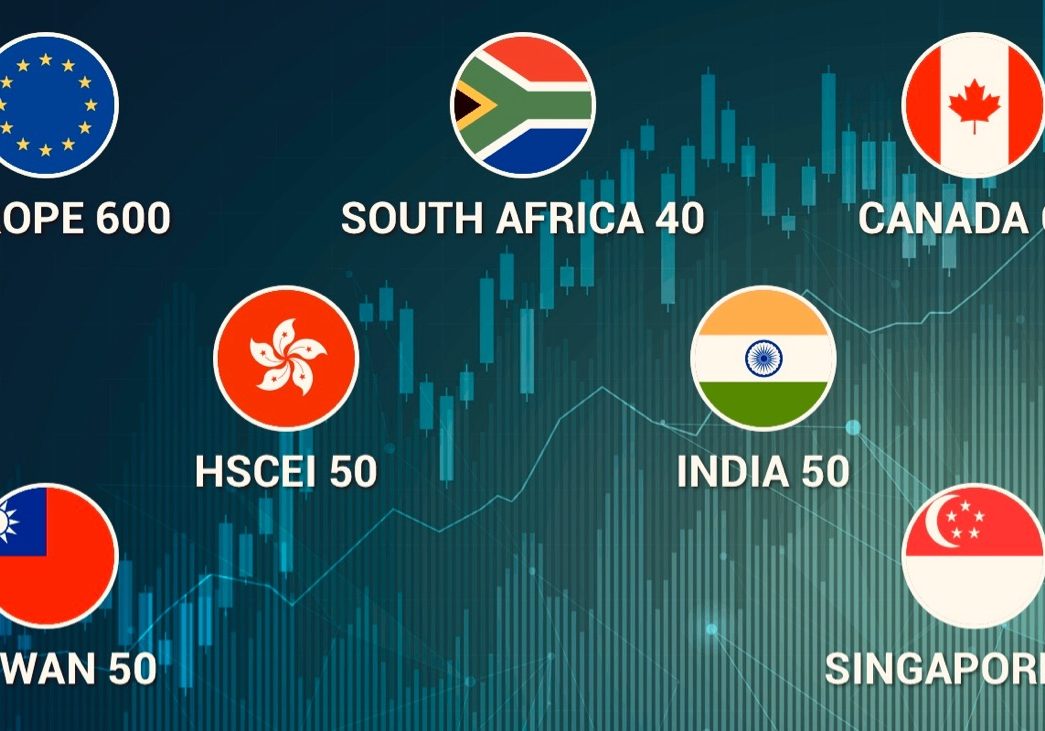10-year Spanish bonds yields just hit a yield of 2.17% p.a. as I write this. This is the lowest borrowing costs the country has experienced in the last 200 years, when Europe was led by monarchies and Napoleon was plotting his conquest of Spain
10-year Spanish bonds yields just hit a yield of 2.17% p.a. as I write this. This is the lowest borrowing costs the country has experienced in the last 200 years, when Europe was led by monarchies and Napoleon was plotting his conquest of Spain
10-year Spanish bonds yields just hit a yield of 2.17% p.a. as I write this. This is the lowest borrowing costs the country has experienced in the last 200 years, when Europe was led by monarchies and Napoleon was plotting his conquest of Spain
This week, yields on short-dated 2 year government bonds in many European countries just went negative. This means that as an investor, you are paying the French and Dutch government for the dubious honour of holding their government bonds for the next two years.
An even more dubious privilege is to be found in Ireland, where 2 year government bonds also have a negative yield. To put things in perspective, two years ago Irish 2 year government bonds were yielding more than 20% p.a.
Negative yield also occurred in the depths of the 2008 financial crisis, where 2 year US Treasuries briefly yielded below zero. This was understandable at the time, as investors feared the insolvency of most financial institutions, and the only perceived safe haven was short dated US Treasuries. Investors did not mind paying a small fee in exchange for the safety of their savings, given their concern of a complete meltdown of the global financial system.
So why are so many European short dated government bonds priced at a negative yield, especially we are not in the depths of a crisis, where instead many equity markets globally trade near all-time highs? Inflation is falling fast across Europe and more worryingly this is also happening in its two largest economies, Germany and France.
While Europe offers many examples due to its weak economy, government yields have been falling in other countries as well. U.S. and Japan bond yields have fallen sharply this year, despite a consensus at the beginning of this year that yields could only move in the opposite direction.
Japan in particular has been an interesting case study, as 10 year government bonds are at all-time low yields, despite all the efforts of “Abenomics” to reverse the country’s deflationary spiral.
The major government bond yields are sending a clear message of global deflation. Equity markets are cheering this economic outlook, based on the hope that this leads to continued central bank Quantitative Easing, and low interest rates for longer than investors are expecting. 2014 has been a perfect year as long as investors were fully invested in financial markets, with equities, bonds, and even gold all posting gains. Even the perennial under-performer, China equities, has started to show signs of life in the last few months.
Investors should use this current period of calm to plot their next course of action, because the present happy state of the markets where everything is gaining in value with low volatility cannot continue for any extended period of time.
Since wide-spread inflation does not appear to be an imminent risk, one of the primary objectives would be to protect the equity gains from the last two years. The most simple is to take money off the table by realising some of the large gains particularly in US equities and raising some cash.

More experienced investors who are familiar with such strategies can consider diversifying into investments that are expected to perform well in times of equity market stress. There are many strategies like this available, from US long dated government bonds (even despite their bubble-like low yields), to trend following and volatility overlay strategies.
There are a number of possibilities for speculators that, while not easily be available to investors, can offer interesting ideas. Investors should thoroughly research the pros and cons of these strategies as they involve instruments that are more complicated than conventional equities and bonds. With the renewed convergence of European government yields, investors can position for a worsening of French yields vs. German ones at a cost of 0.5% p.a. Even more interestingly, a worsening of Spanish vs. German yields costs just slightly more at 1% p.a. Markets are effectively pricing that the horrible state of the Spanish government finances and high unemployment in the country only warrant an additional 1% annual yield for the next 10 years. The last time investors saw such a convergence in European yields before 2007, investors were able to put on such trades on Greece vs. Germany for similar low costs.
While Greece has spent half of the last 200 years in default, Spain has the record for the most number of defaults in the last two centuries. Ominously similar low yields as we see now have precipitated these defaults in the past. At the very least, the European Central Banks’ resolve is very likely to be tested again in the not too distant future. Investors have the opportunity to prepare for such an eventuality now to protect their investments, and potentially turn a crisis into a profitable opportunity.
By LEONARDO DRAGO
Co-founder of AL Wealth Partners, an independent Singapore-based company providing investment and fund management services to endowments and family offices, and wealth-advisory services to accredited individual investors.